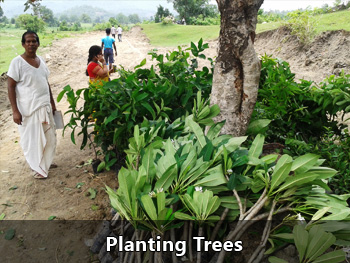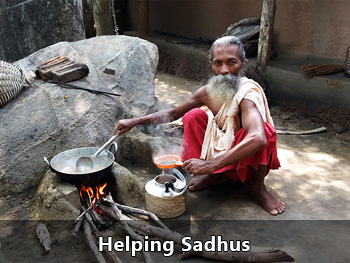वाराणसी तीरथ यातà¥�रा, शिरà¥�डी के साईं बाबा गà¥�रà¥�प à¤
Rate this topic

By
Guest guest
in The Hinduism Forum
-
Top Downloads
-






Recommended Posts
Join the conversation
You are posting as a guest. If you have an account, sign in now to post with your account.
Note: Your post will require moderator approval before it will be visible.